Surprising Secret Uses for Things You Use Every Day
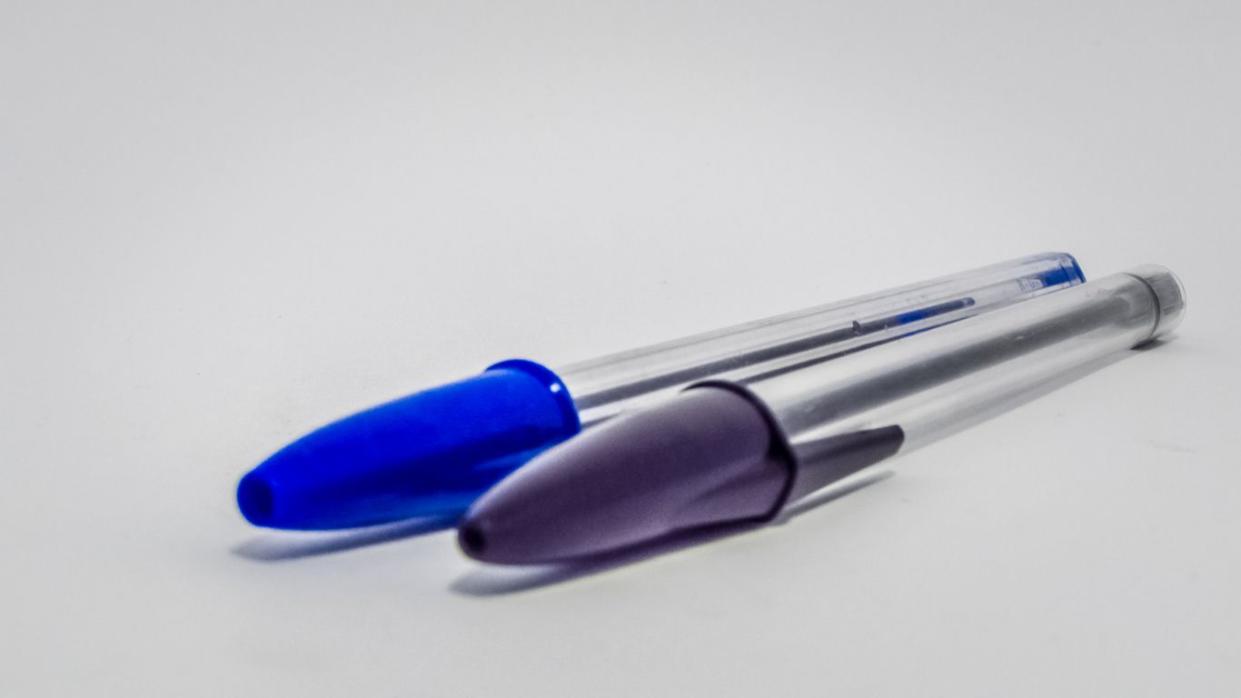
Hidden Uses for Random Objects
It's truly mind-boggling how we can overlook the obvious, sometimes missing the very purpose of objects we use every day. We rarely question why some things are designed the way they are. And yet, the functions overlooked purposes of these seemingly mundane objects which were intentionally designed to simplify and improve our daily lives.
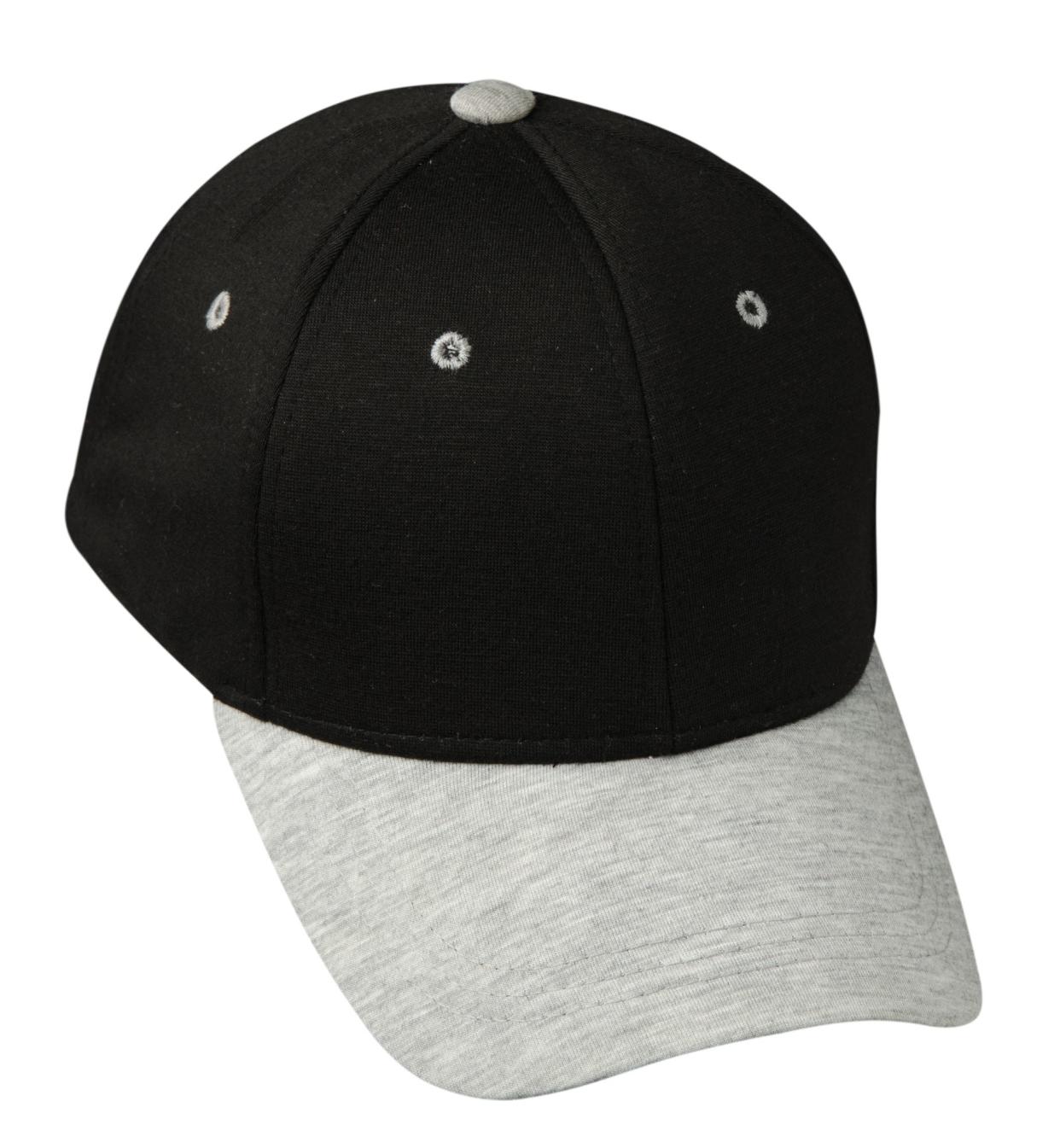
1. Baseball Cap Holes
Many Americans proudly own at least one baseball cap, each with its unique history. But despite their varied backgrounds, these caps all share a common feature: the distinctive holes found on their backs. The holes in your hat are known as eyelets, and they do more than just add to its appearance; their primary function is to provide ventilation.
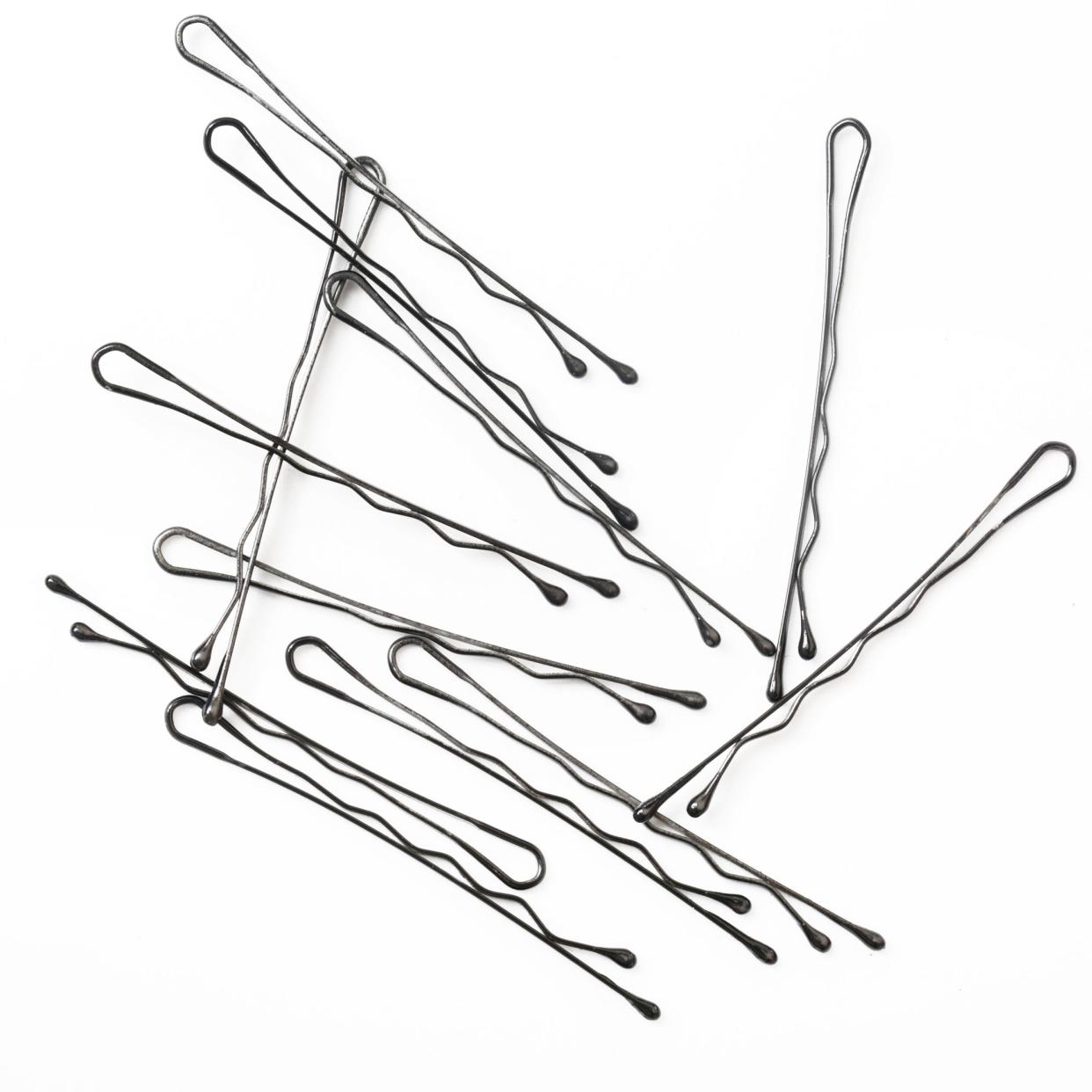
2. Bobby Pin Grooves
If you've ever used bobby pins, you've probably noticed that one side is smooth and the other is ridged. Ever wondered why? The design is actually quite purposeful. To make sure a bobby pin stays put, you should insert it with the ridged side facing downwards as it creates a tighter grip.
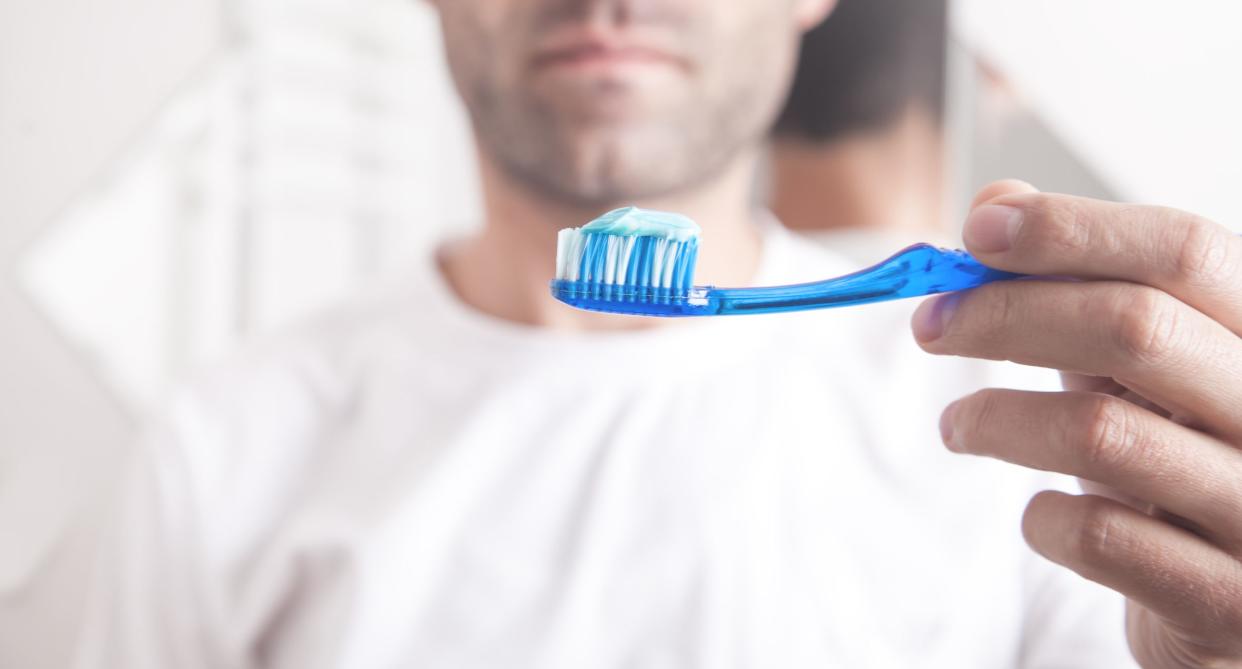
3. Blue Bristles on a Toothbrush
When you buy a new toothbrush, you surely notice that some of the bristles are blue. As it turns out, even though many people know you’re supposed to replace your toothbrush every few months, they’ll probably forget how much time has passed since they bought their current one. Enter the blue bristles on a tootbrush. Many toothbrush heads come with blue bristles designed to fade to white, signaling when it's time to head to the drugstore for a new one.
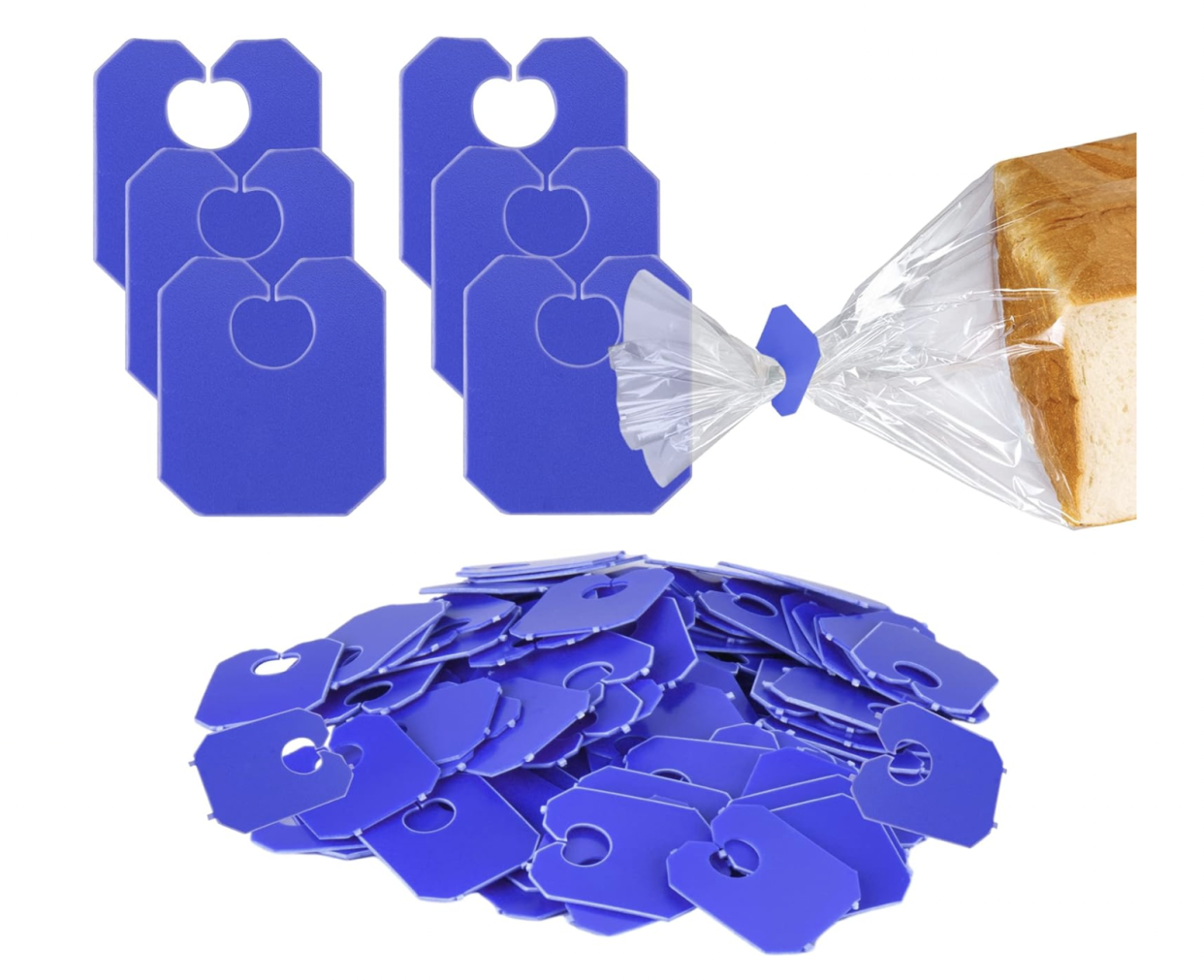
4. Bread Bag Tag Color
That little plastic contraption used to reseal bags of bread comes in a wide array of colors, and surprisingly it's not for decorative reasons. It's code that tells the grocer how fresh is the bread that you are looking at. Bread is delivered fresh to stores five days a week, Monday, Tuesday, Thursday, Friday and Saturday—and each day comes with a colored tag. The colors correspond to the days in alphabetical order: Blue is for Monday, Green is for Tuesday, Red is Thursday, White is Friday and Yellow is for Saturday.
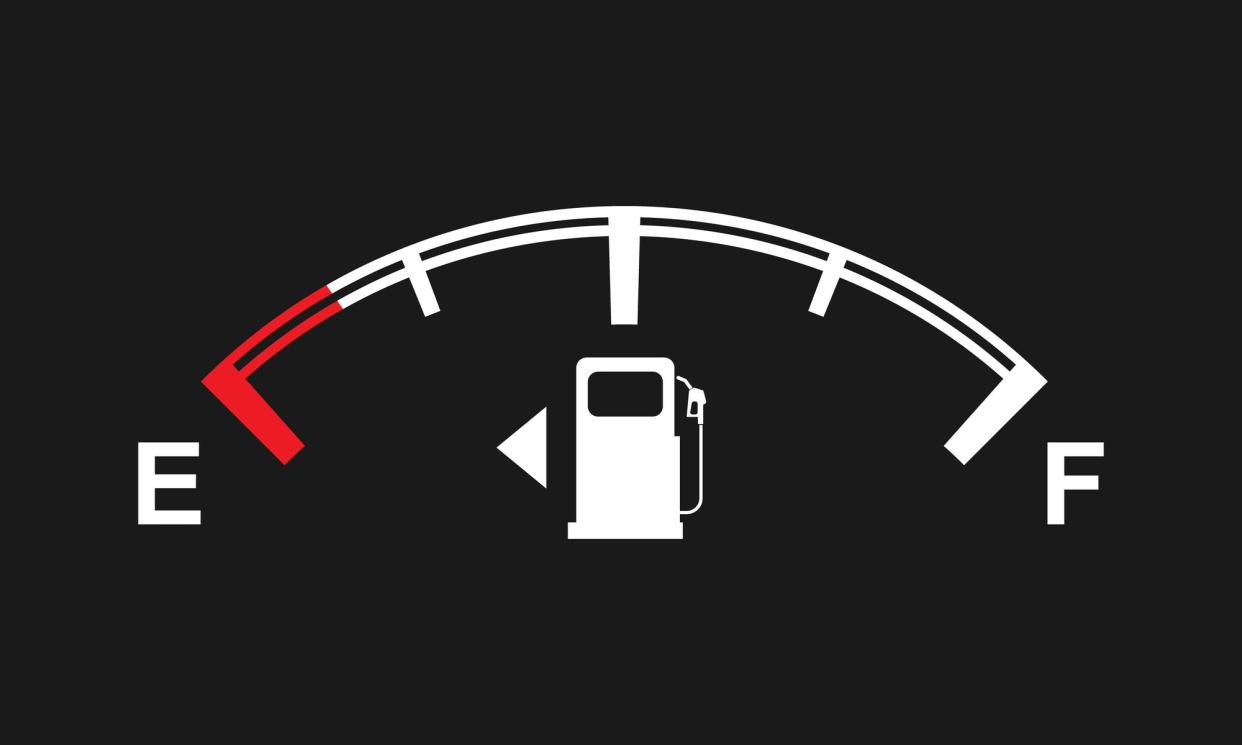
5. Gas Gauge Arrow
When you look at your dashboard to check your remaining gas, you'll notice a small gas pump symbol with an arrow beside it, pointing either left or right. That arrow serves as a clear indicator of the side of your car where the gas tank is located.
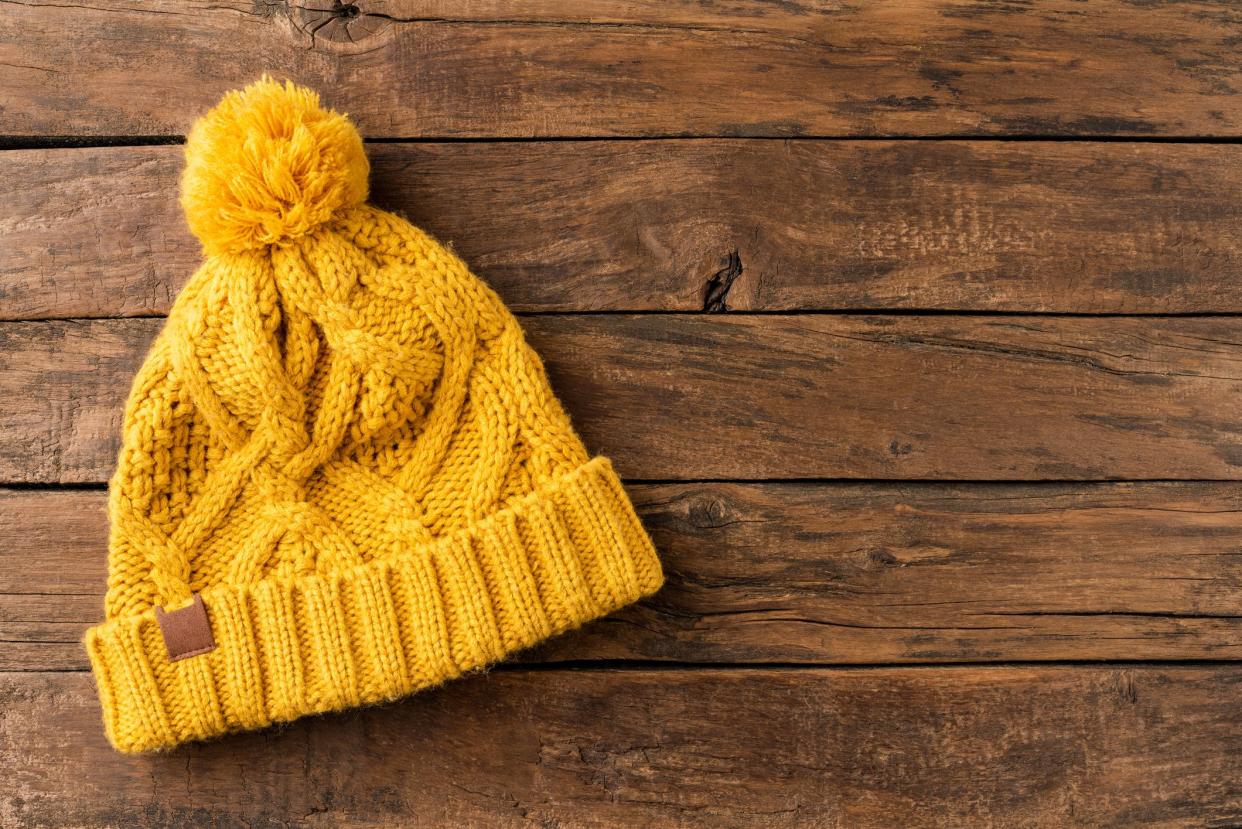
6. Hat Pom-Poms
Nowadays, pom pom hats are a charming addition to winter wardrobes, but their original purpose was far from just fashion. Historically, sailors donned hats with pom poms which served as a cushion to protect their heads from injury while moving in the confined spaces below deck.
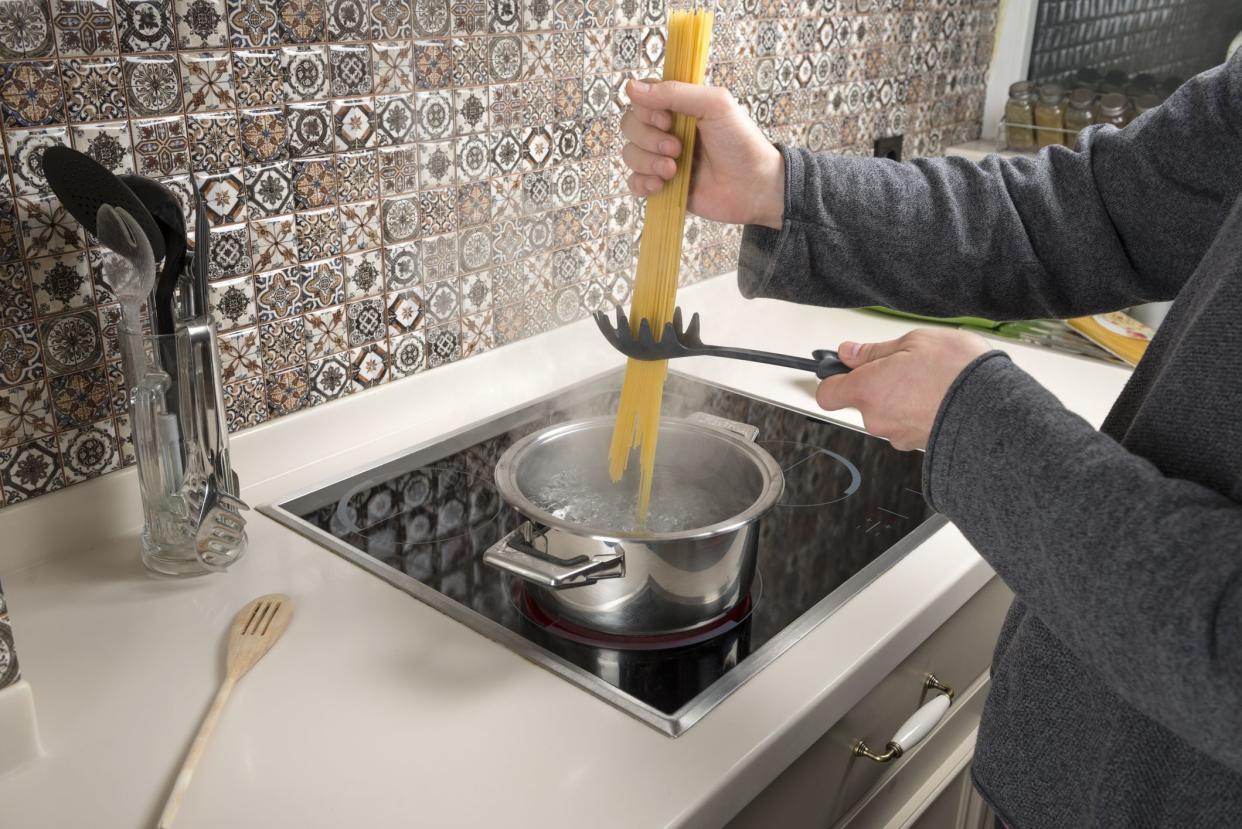
7. The Pasta Spoon Hole
Next time you're boiling pasta, put your spaghetti serving spoon to work beyond just scooping and stirring. The hole in the center of the spoon isn't just a design feature; it's actually meant to measure the perfect portion of spaghetti for one serving.
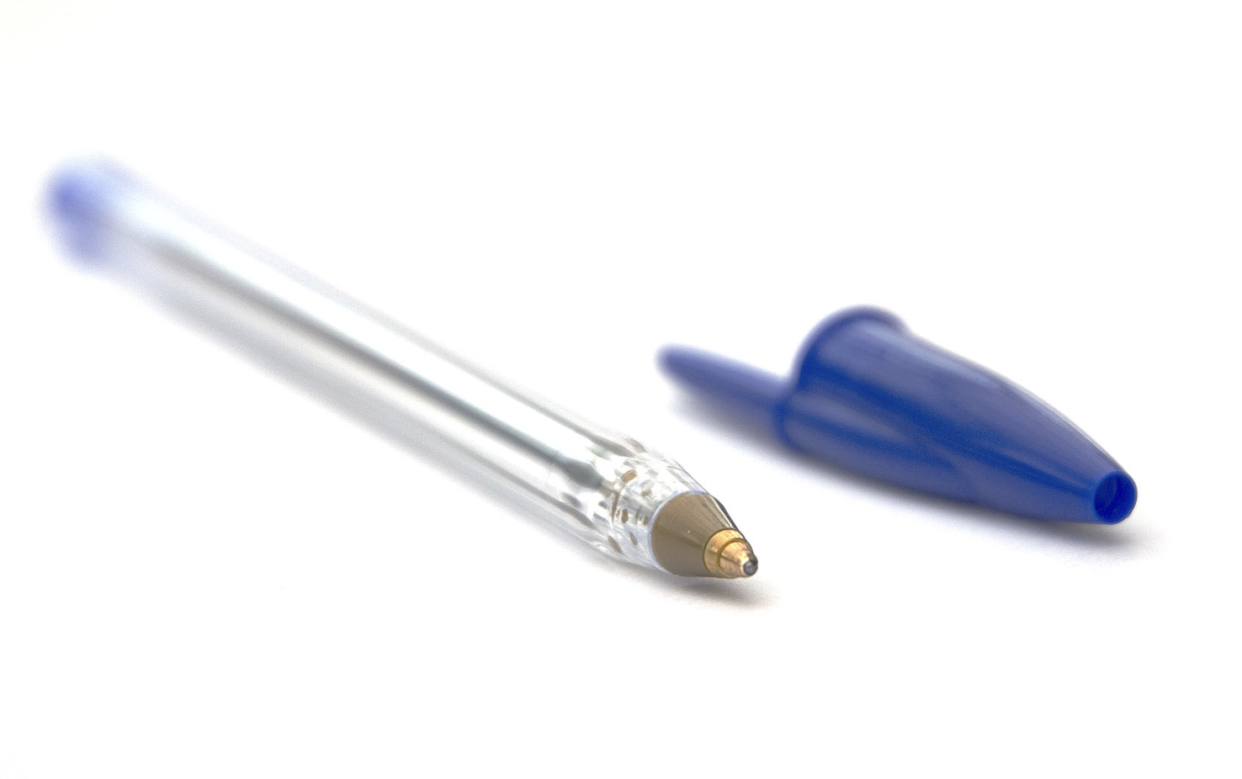
8. Pen Cap Holes
Have you ever noticed how the cap on your ball-point pen has a hole at the top? Some might assume this is a measure taken to preserve ink, but it’s a measure taken to preserve human life.Roughly 100 Americans each choke to death each year on pen caps. So the hole is designed to give such unfortunates something to breathe through while the ambulance is coming.
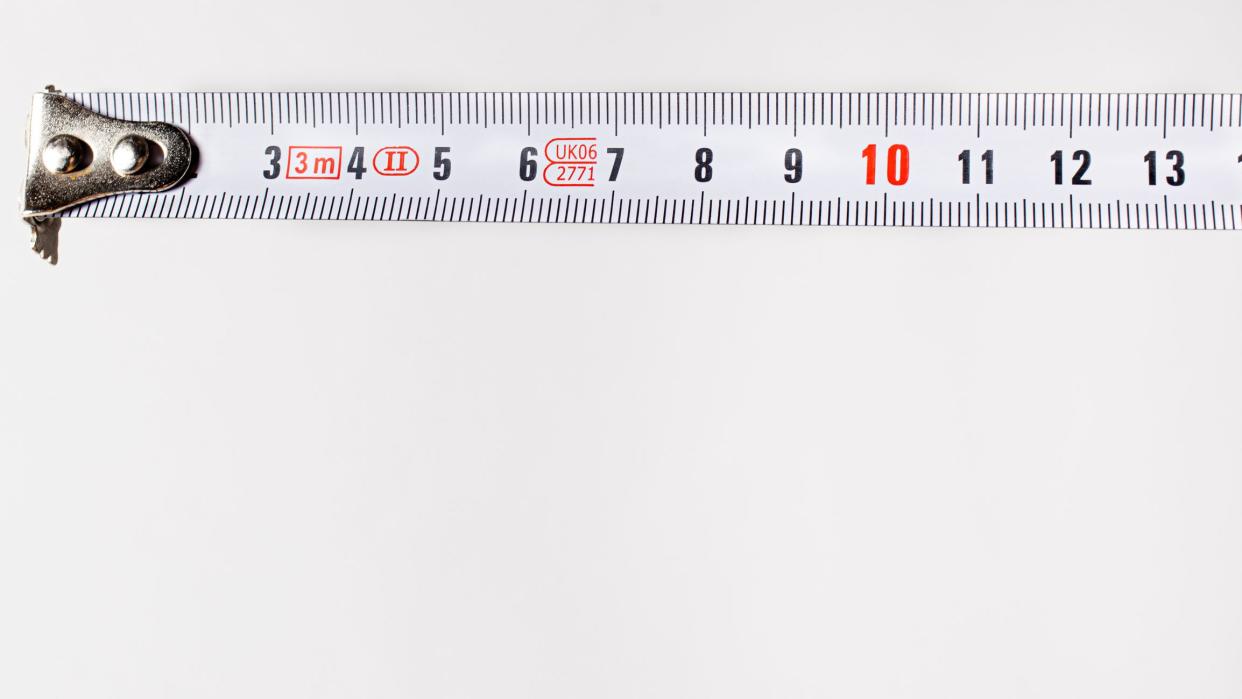
9. Tape Measure Roman Numerals
Roman numeral indicate the tape measure’s accuracy, and the lower the number, the better. So if you’re at the hardware store and see a tape measure marked “MCMXCIII,” look elsewhere.
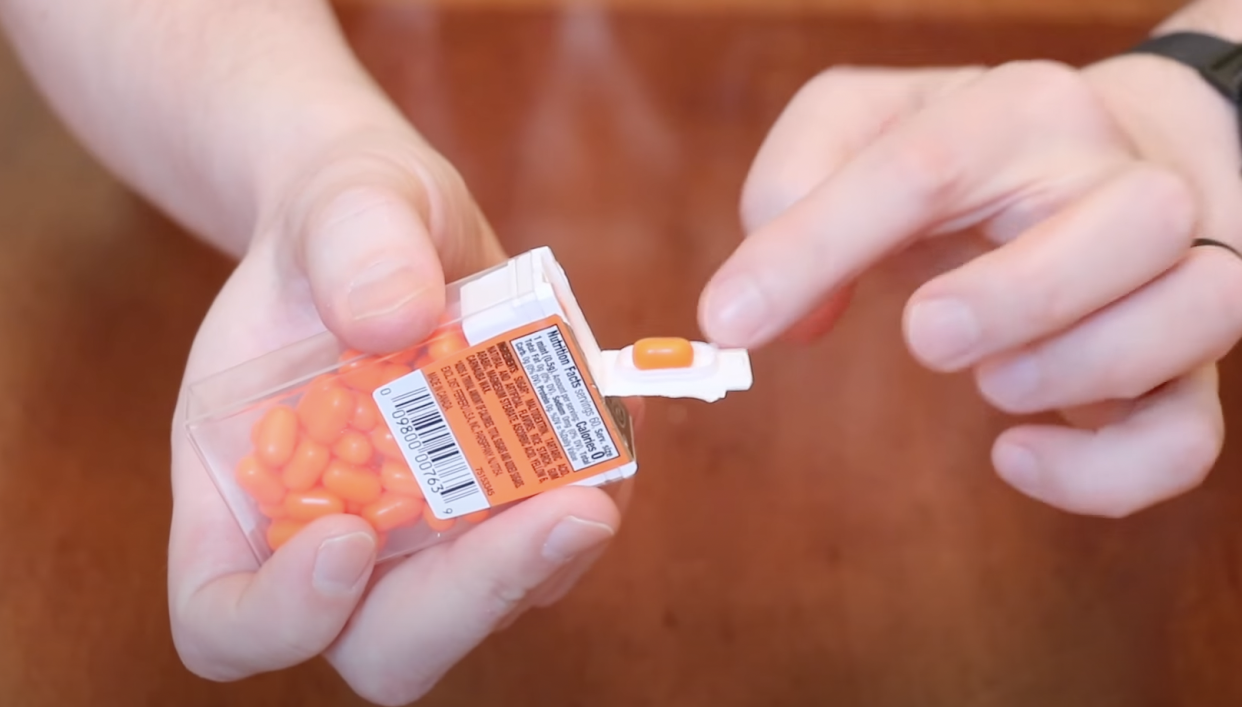
10. Tic Tac Lid Grooves
You might not have thought to check beneath the lid of a Tic Tac box, but if you do, you'll discover a small groove there. This clever design is intended to dispense just one Tic Tac at a time, encouraging you to savor each piece individually rather than emptying the entire container into your mouth at once.
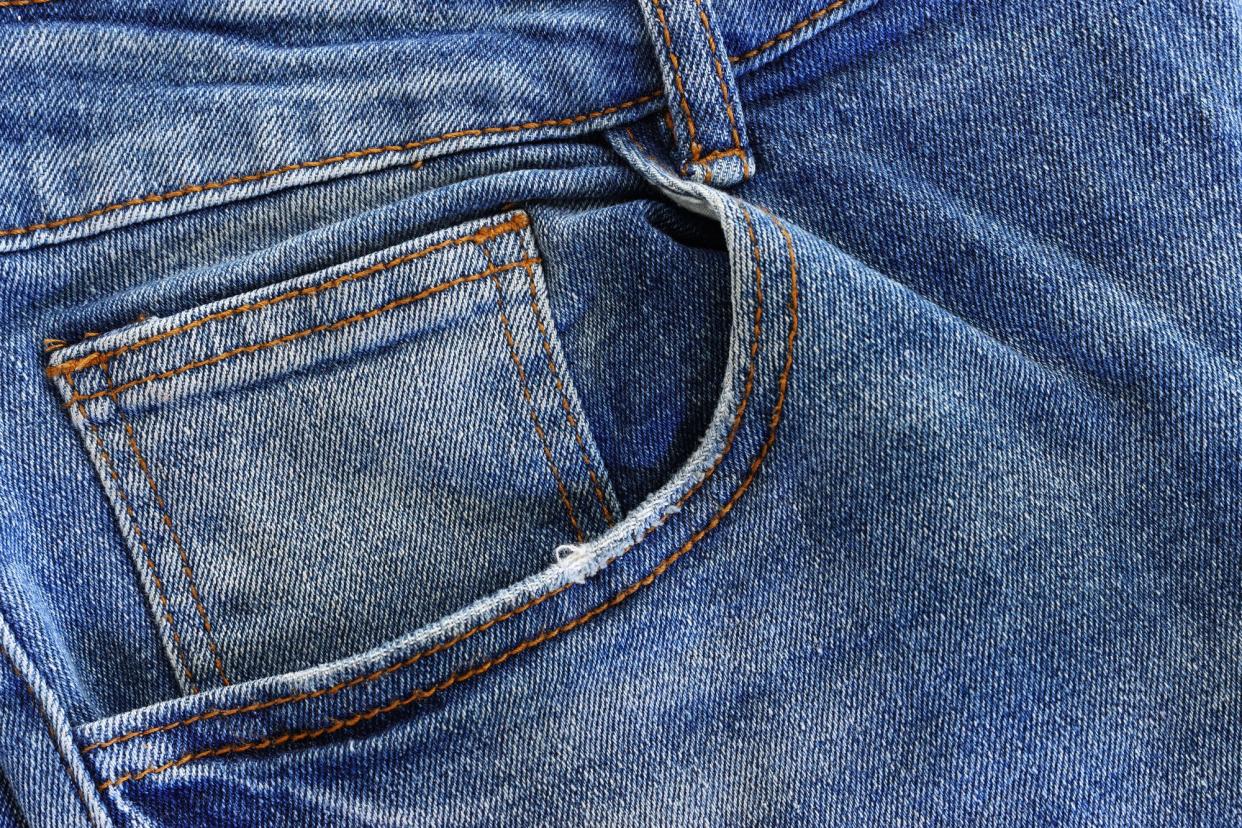
11. Tiny Jean Pockets
You might wonder about the function of that tiny pocket on your jeans. Today, it may seem redundant, but historically, it had a very practical use. Originally, that small pocket was designed specifically to hold a pocket watch. If you feel sorry for the purposeless pocket you can use it to hold your smartwatch when your arm needs a break from wearing it.
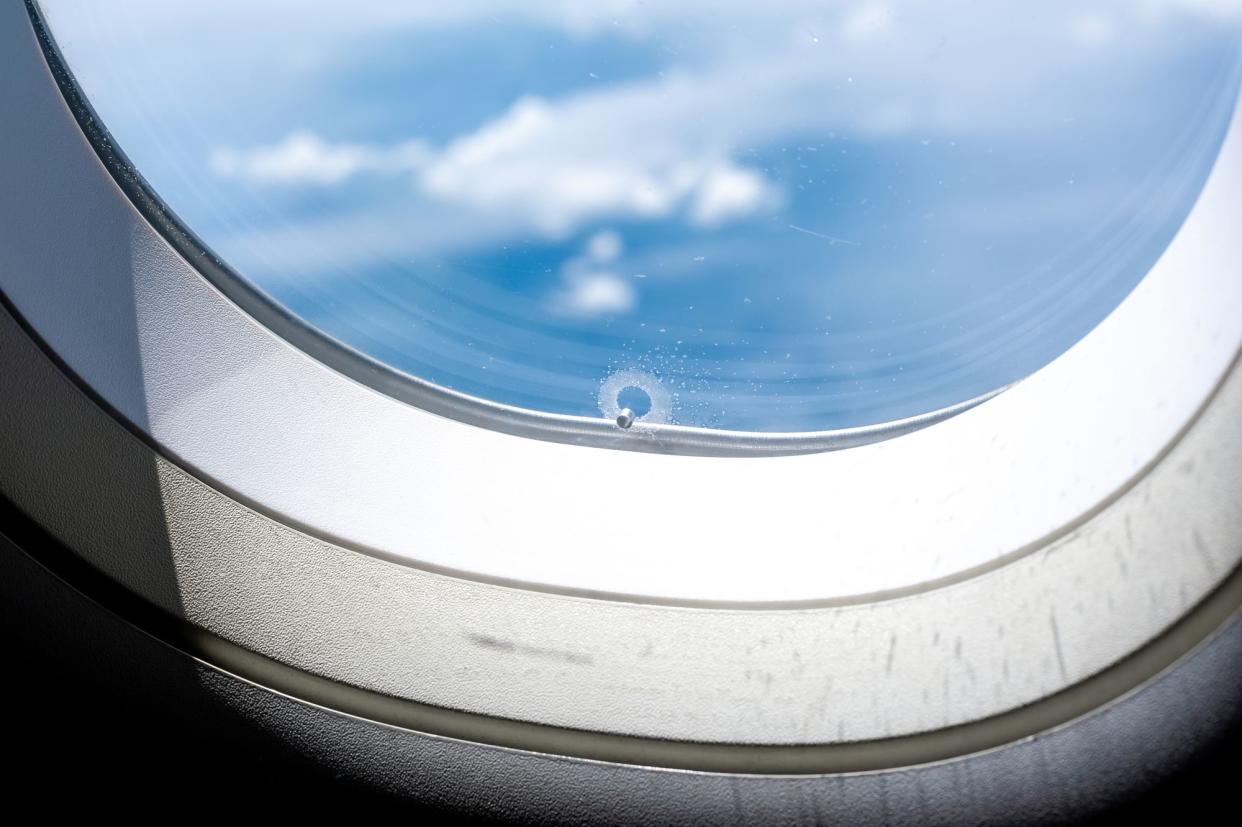
12. The Holes in Airplane Windows
If you ever notice a little hole in an airplane window, don't panic—it's not a sign of a damaged plane. In fact, those holes serve a vital purpose when you're cruising high above the clouds. Airplane windows come in three layers: the outer window handles the pressure changes, the middle layer with the hole helps balance it, and the innermost window (the one closest to you) acts as a protective shield.
This article was produced and syndicated by MediaFeed.
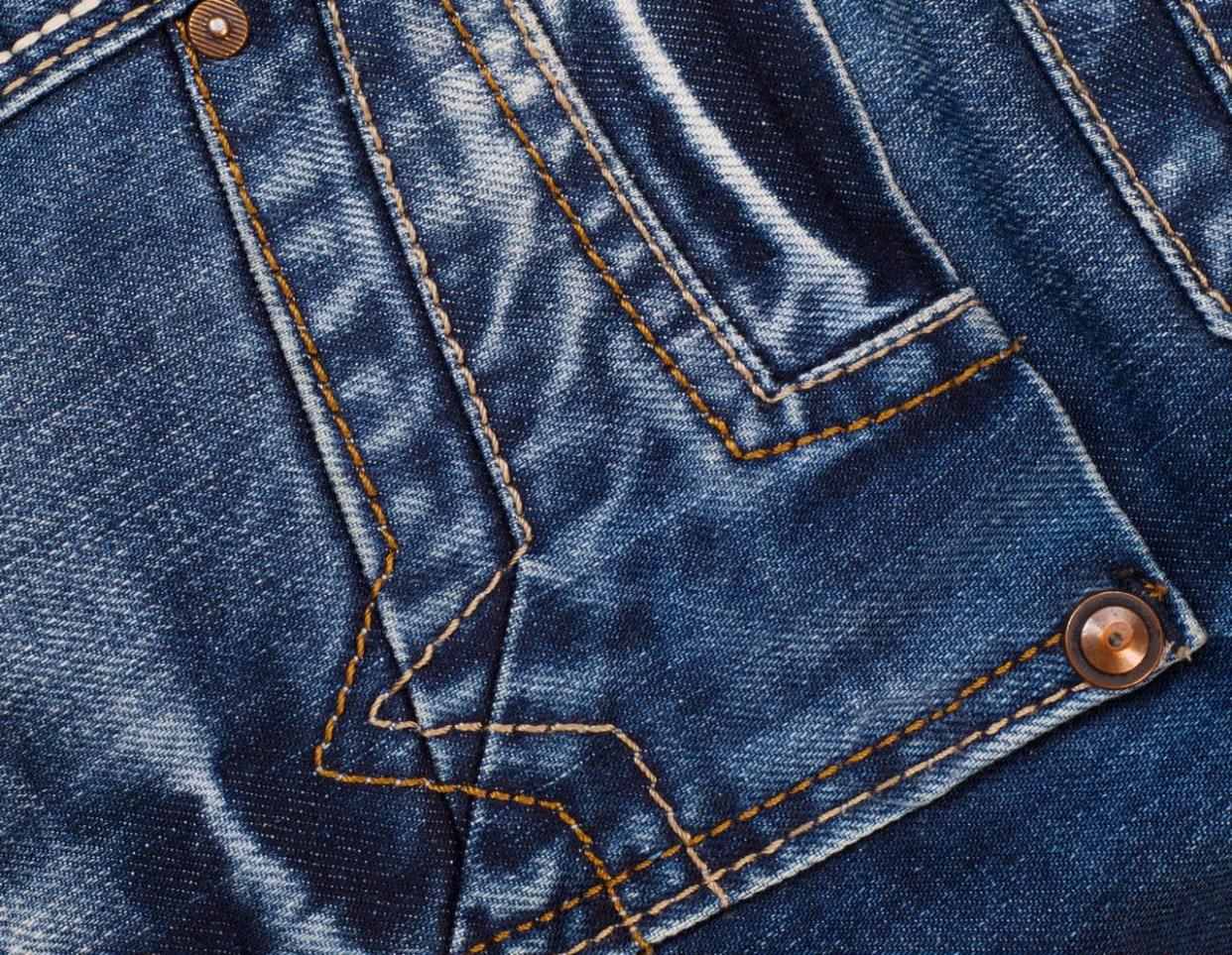
13. Tiny Buttons on Your Jeans
Those small buttons on your jeans that are "just there without a use" are called rivets and are actually the unsung heroes that extend the lifespan of your pants. The tiny metal details are strategicaly placed in high-stress areas prone to tearing from movement or strain. Originally used on horse blankets, they were later applied to strengthen stress points in men's work trousers, like the corners of back pockets and the crotch, effectively preventing tears from heavy-duty wear and tear.
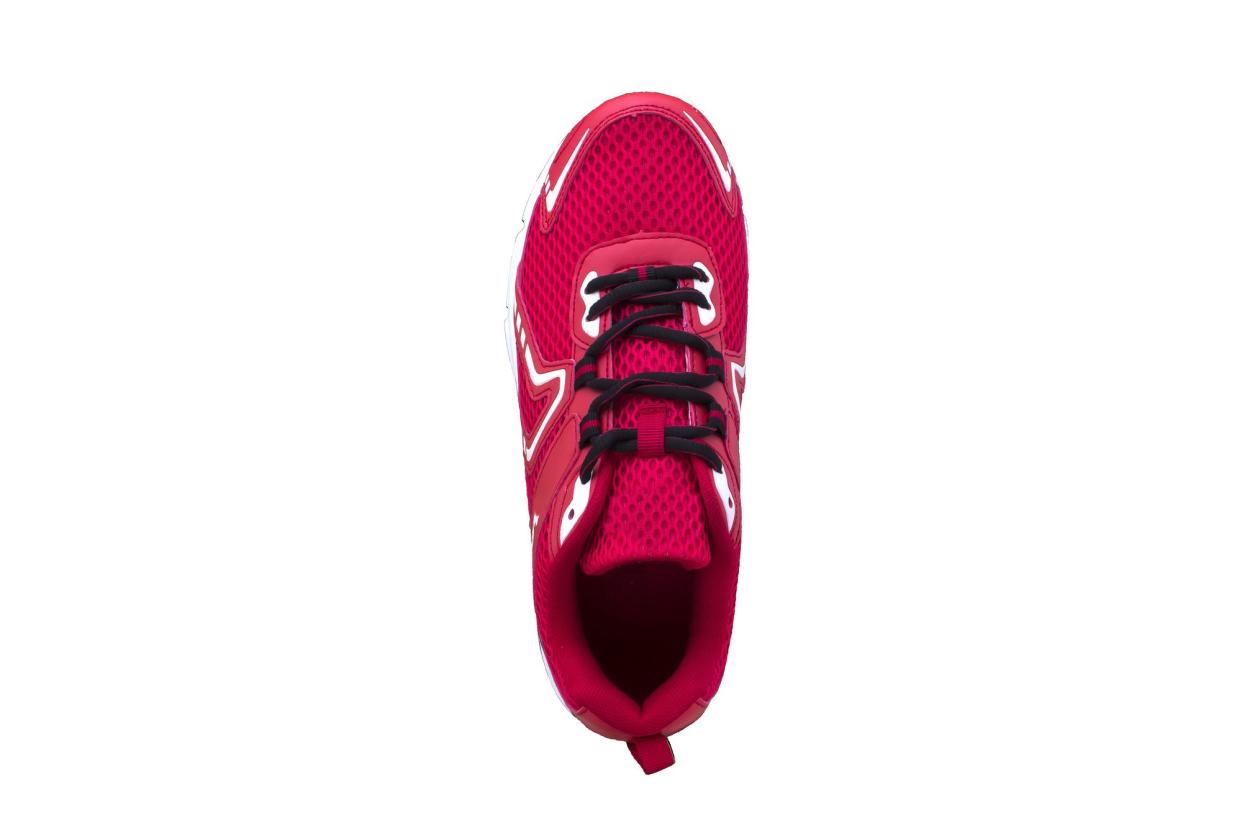
14. The Extra Eyelets on Shoes
If you look at your go-to running or gym shoes, you'll probably notice an additional eyelet positioned near the regular lace slot. This extra hole isn't for better ventilation or a manufacturing glitch—it's specifically designed to form a "heel lock."When you loop your laces through them, you keep your shoe firmly in place around your ankle.
